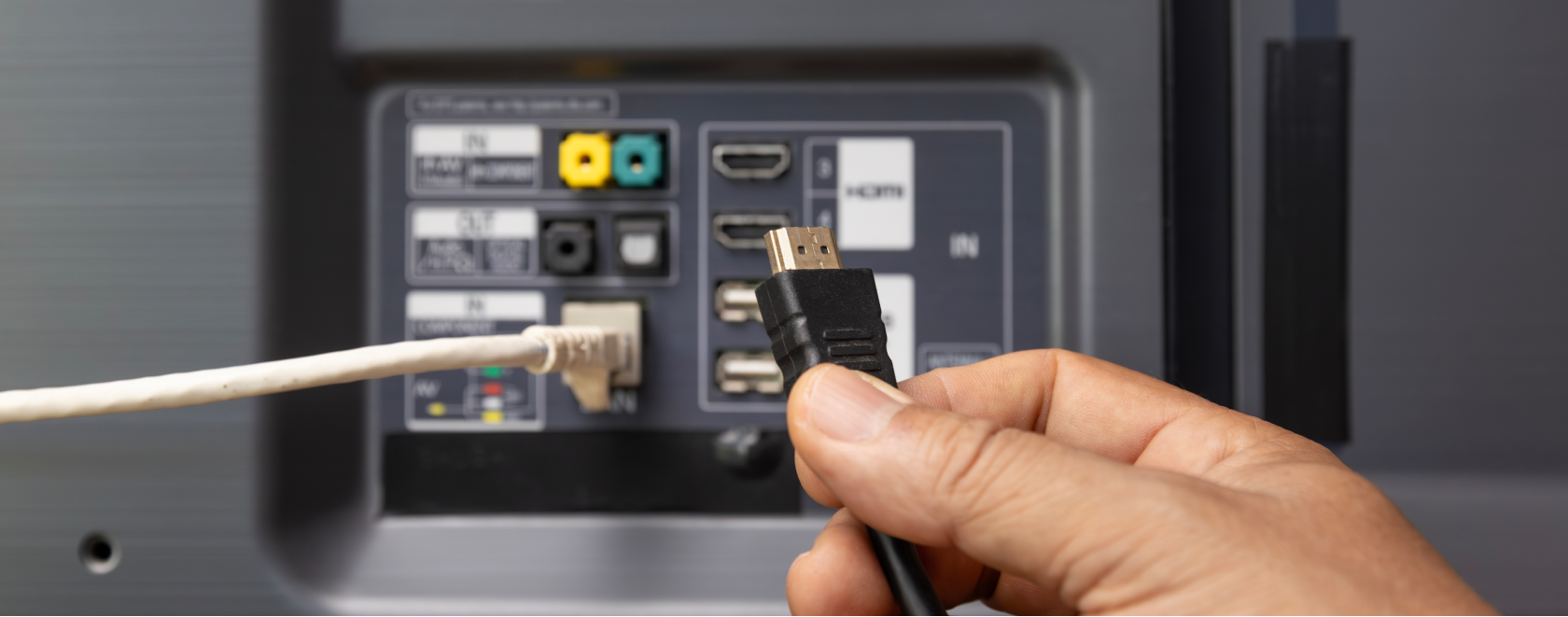Delivering a premium 4K HDR experience through your IPTV set-top box or media player requires more than just the right device and subscription. A crucial, often underestimated component is the HDMI cable that connects your playback device to the television. For modern high-resolution content, not all HDMI cables are created equal. Differences in length, material composition, and supported standards can significantly influence signal integrity and picture quality. This article will help you navigate the technical nuances of HDMI cables specifically tailored for 4K HDR IPTV setups, ensuring that your home entertainment system functions flawlessly.
Understanding HDMI Standards and Their Relevance to 4K HDR
The first step in choosing the right HDMI cable is understanding the standard it adheres to. For IPTV content in 4K resolution with High Dynamic Range (HDR), HDMI 2.0 is the minimum requirement, but HDMI 2.1 is increasingly recommended for future-proofing. HDMI 2.0 supports up to 18 Gbps bandwidth, sufficient for 4K at 60Hz with HDR10 or Dolby Vision. However, HDMI 2.1 increases that bandwidth to 48 Gbps, opening the door for features like Dynamic HDR, eARC (enhanced Audio Return Channel), and higher frame rates including 4K at 120Hz—features that are gradually becoming common in modern media players and televisions.
It’s essential to match the cable’s certification to the capabilities of your hardware. Using a lower-rated cable can result in signal degradation, dropped frames, or a complete failure to display HDR content. Look for cables explicitly labeled as “Ultra High Speed HDMI” if your system supports HDMI 2.1, and at a minimum “Premium High Speed HDMI” for HDMI 2.0 systems.
The Impact of Cable Length on Signal Integrity
Length plays a pivotal role in determining HDMI cable performance, particularly at high data rates required for 4K HDR. As cable length increases, the risk of signal attenuation also rises. For traditional copper HDMI cables, performance tends to diminish noticeably beyond 5 meters. While short runs of up to 2–3 meters are generally safe even for inexpensive cables, longer installations require more careful selection.
In practical home setups, such as wall-mounted TVs connected to IPTV boxes located across the room, cable runs can easily exceed the threshold where standard copper HDMI cables operate reliably. In these cases, simply purchasing a longer cable without considering the material and internal construction may lead to intermittent blackouts, audio sync issues, or no signal detection at all.
Copper HDMI Cables: Pros, Limitations, and Use Cases
Copper HDMI cables are the most widely available and cost-effective option. They transmit electrical signals and are usually adequate for short to medium distances. High-quality copper cables with good shielding and thicker conductors can handle 4K HDR signals up to 5 meters with minimal risk. These cables are suitable for most straightforward IPTV setups where the media device is placed near the TV.
However, copper cables have physical limitations in maintaining signal quality over long distances due to resistance and electromagnetic interference. Manufacturers may implement signal boosters or active electronics within the cable to extend usable lengths, but such features often increase the cost and can introduce compatibility issues, particularly with handshake-sensitive content like protected UHD streams.
Moreover, the bulk and stiffness of heavy-duty copper HDMI cables may limit routing flexibility, especially when trying to hide them in wall cavities or conduit tubes. These factors make copper less ideal for installations where cable management and long distances are both priorities.
Fiber Optic HDMI Cables: The Future-Proof Alternative
For long-distance runs, fiber optic HDMI cables offer a superior solution. Instead of transmitting electrical signals, these cables convert the data into light pulses, which travel through glass or plastic fibers without susceptibility to electromagnetic interference or signal attenuation. This makes them highly effective for maintaining full 4K HDR quality across distances of 10, 20, or even 50 meters.
Fiber HDMI cables are often active, meaning they have directional transmission. They must be connected correctly—source to source, display to display—otherwise, they won’t function. While this might seem like a limitation, it’s a minor trade-off for the benefits they provide. They are also lightweight and flexible, making them easier to install discreetly in complex setups.
For customers looking to mount their IPTV boxes in closets, cabinets, or distant AV racks, fiber HDMI cables are the optimal choice. They’re especially beneficial when running through structured cabling pathways in modern smart homes, where signal reliability and future upgrade potential are crucial.
It’s also worth noting that fiber HDMI cables typically come with built-in signal boosters and can support HDMI 2.1 features without degradation, making them a wise investment for both current use and upcoming technological advancements.
Cost Versus Performance: Making a Smart Buying Decision
While the temptation to save money with budget HDMI cables is understandable, doing so in a 4K HDR environment can lead to frustrating results. Choosing the correct cable is not about spending the most—it’s about matching the cable’s technical specifications to your setup’s actual demands.
For short distances, a high-quality copper cable certified for HDMI 2.0 or 2.1 may be entirely sufficient and cost-effective. For longer distances, investing in a reliable fiber optic HDMI cable ensures that the additional cost translates directly into performance, stability, and peace of mind.
As IPTV content continues to evolve—with higher bitrates, richer color formats, and more complex audio encoding—the tolerance for substandard cables will diminish. Opting for a future-ready solution now avoids the hassle of frequent replacements and compatibility troubleshooting later.
Selecting the right HDMI cable for your 4K HDR IPTV setup is more than a matter of convenience—it’s foundational to achieving the performance your devices are designed to deliver. By understanding the relationship between HDMI standards, cable length, and material type, you can ensure that your media system performs optimally, without signal loss or interruptions. Whether you opt for a high-quality copper cable for short runs or a fiber optic solution for longer installations, the key is alignment between your cable’s capabilities and your system’s requirements. Making the right choice today means uninterrupted viewing and a more enjoyable IPTV experience tomorrow.
